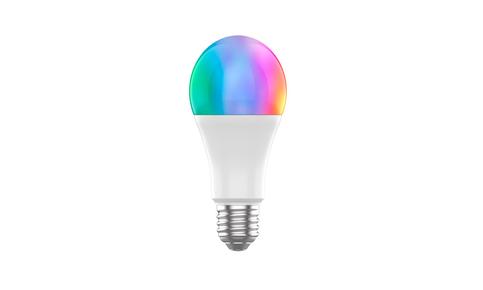
In the quest for a sustainable future, energy-efficient lighting solutions play a vital role. Among these, Light Emitting Diode (LED) technology has emerged as a groundbreaking innovation, revolutionizing the way we illuminate our homes, businesses, and public spaces. With its unparalleled energy efficiency, longevity, and environmental benefits, LED lighting has become a beacon of hope for achieving a greener and more sustainable planet. In this blog, we will explore the energy efficiency and sustainability of LED lights, delving into their impact on the environment, the advantages they offer, and the role they play in shaping the future of lighting.
LED lighting's journey began in the early 1960s when researchers made significant advancements in semiconductors and discovered the phenomenon of electroluminescence. This laid the foundation for LEDs, which are semiconductor devices that emit light when an electric current passes through them. However, it wasn't until the 1990s that LED technology started gaining popularity as a viable lighting solution, thanks to improvements in efficiency and color quality.
One of the most remarkable features of LED lighting is its exceptional energy efficiency. Unlike traditional incandescent bulbs that waste a substantial portion of energy as heat, LED lights convert almost all electricity into light. This incredible efficiency results in energy savings of up to 80% compared to incandescent bulbs. As a result, households and businesses can significantly reduce their electricity bills and decrease their carbon footprint, contributing to global efforts to combat climate change.
Another key advantage of LED lights is their impressive lifespan. Traditional incandescent bulbs have a relatively short life, requiring frequent replacements, which in turn increases waste and environmental impact. LED lights, on the other hand, can last up to 25 times longer than incandescent bulbs and many times longer than compact fluorescent lamps (CFLs). The extended lifespan of LED lights reduces the number of bulbs produced and disposed of, thereby minimizing e-waste and conserving resources.
The widespread adoption of LED lighting offers numerous environmental benefits. As mentioned earlier, the increased energy efficiency of LED lights results in reduced greenhouse gas emissions. When millions of households and businesses transition to LED lighting, the collective impact is significant, aiding in the fight against global warming.
Furthermore, LED lights do not contain hazardous materials such as mercury, which is present in CFLs. This not only reduces the risk of environmental contamination but also ensures safer disposal when the lights reach the end of their life cycle.
To grasp the full extent of LED lighting's impact on energy efficiency and sustainability, let's compare them to traditional lighting technologies:
Incandescent Bulbs: Incandescent bulbs have been the most common lighting choice for decades. However, they are highly inefficient, converting only about 5% of energy into light and losing the rest as heat. The phasing out of incandescent bulbs in favor of LED lights has become a significant step in improving energy efficiency and lowering greenhouse gas emissions.
Compact Fluorescent Lamps (CFLs): CFLs were introduced as an energy-efficient alternative to incandescent bulbs. While they do perform better than incandescents, they contain mercury, making their disposal and recycling challenging. LED lights surpass CFLs in energy efficiency, do not contain hazardous materials, and provide better quality lighting.
LED lighting's versatility has also transformed the world of lighting design. Designers and architects now have the flexibility to create innovative and sustainable lighting solutions for various applications. From smart city projects to energy-efficient homes and eco-friendly commercial spaces, LED lights offer endless possibilities for environmentally conscious lighting design.
The rise of the Internet of Things (IoT) has given birth to smart lighting systems, where LED lights play a pivotal role. IoT-enabled LED lighting solutions offer advanced controls, allowing users to adjust brightness, color temperature, and even schedule lighting patterns remotely through smartphones or voice-activated devices. This level of control optimizes energy consumption, reduces wastage, and enhances overall energy efficiency.
Governments and environmental organizations worldwide are promoting the adoption of energy-efficient lighting solutions, including LED lights. Various countries have implemented energy efficiency standards, labeling requirements, and incentive programs to encourage consumers and businesses to switch to LED lighting. These policies not only help reduce energy consumption but also drive innovation and foster the growth of the LED lighting industry.
The advent of LED lighting has ushered in an era of unparalleled energy efficiency and sustainability in the lighting industry. As we continue to face global challenges like climate change and resource depletion, the transition to LED lighting becomes more critical than ever before. Through reduced energy consumption, extended lifespan, and reduced environmental impact, LED lights pave the way for a brighter and greener future. As consumers, businesses, and governments unite in embracing this illuminating revolution, we move closer to achieving a more sustainable planet for generations to come.






